Competent.
Let me get the grumbling out of the way first. I dislike SUVs. And the D700, with my newly arrived 16-35mm f/4 zoom is an SUV among cameras. It’s large, noisy, crass, threatening, bulky, heavy and few need it. Like an SUV, its owner is likely a poseur. One extols off-road capabilities when he will never leave asphalt. The other boasts of professional gear quality when he would get better results with a point-and-shoot. For most, the D700 fulfills ‘wants’ not ‘needs’. And while the SUV is a pain in the neck when you cannot see past one in traffic, the D700 with a ‘pro’ zoom is quite literally a pain in the neck after you have schlepped it around for a few hours, as I did yesterday.
The newly arrived 16-35mm VR lens is expensive and bulky, though far lighter than you would expect for its volume. Once you remind yourself that it replaces the 16-18mm, 21mm, 24mm, 28mm and 35mm lenses in your kitbag, the 1.5 lb. weight becomes bearable, especially when you throw in the (arguably unnecessary) Vibration Reduction and prime lens quality at all focal lengths and apertures. Construction quality, fit and finish match the optics. Tight, well made, no toy. The lens does not change length when zoomed or focused, which is just as well as it sticks out 6.5″ with the hood attached. Strangely, this confers a certain stealthiness, as observers think you are using a telephoto, not an ultrawide zoom. I detailed my reasoning behind the 16-35mm + 85mm outfit decision earlier, and the 85mm, bought used, has already shown itself to be a sterling performer. For general purpose use, other than sports or wildlife, this is a powerful outfit which keeps bulk and weight down, in as much as that is possible with FF DSLRs.
As a street snapshotter where you want to get really close to people, the D700 is a joke compared to the stealth and agility of my Panasonic G3. The latter focuses faster (yes, faster), is far quieter and its diminutive size makes it extremely stealthy. Keep it dangling from your neck and it’s rarely noticed. Keep the D700 with the zoom around your neck and you will look like the archetypal American tourist so aptly portrayed by Michael Palin in that sketch where the camera protrudes inches from his chest while he debates obscure philosophers in a restaurant.
What you get with full frame, as I am reminded from my days with the Canon 5D, is a tool where technology largely obsoletes technical knowhow, yet still permits huge prints to be made. Anyone can take a good picture with an FF DSLR, pretty much regardless of whether you use Program mode or Manual. There are so many aids, from a monster sensor, great low light capability, infinite choice of ISOs and lenses, VR, auto everything, that even the most inept can take properly exposed snaps capable of high enlargement ratios for prints. And unless you make big prints, you are wasting your money. LCDs and TVs do not need the FF camera’s capabilities to display your pictures. The FF DSLR will not help you make good pictures any more than a Brownie will, but yours will be sharper and finer grained and better-everything in most other respects.
I do miss the EVF of the Panny in the D700. Fit an f/4 lens after an f/1.8 and the finder dims. Go into the dark and the finder image is hard to see. By contrast, when you use an EVF, the finder is always the same brightness regardless of the ambient light level. But I do like the ease with which a button and dial on the D700 can change ISO and the simplicity of locking exposure on your area of choice. All those exposure options – area, matrix, spot, and focus choices ad infinitum, are mostly set-and-forget once you find the ones you like. A waste of knobs and dials. The Panny, by contrast, cannot afford too many knobs and dials as there’s only so much space on the small body. Another much appreciated feature of the D700, at the cost of weight and bulk, is the high battery life. That on the G3 is really not good and I find I always carry a spare. The D700 can bang away all day, and there’s still a lot of juice left. And the truly masochistic can increase framing rates and capacity with an add-on hand grip which will even accommodate AA cells.
The claim of the D700’s sensor is outstanding low noise in low light and with high ISO settings. Comparing my snaps with those from the 5D I would say there is little in it. Maybe one stop better in the worst conditions – not enough to sway you to the Nikon brand. Nikon’s Auto White Balance is noticeably better than Canon’s, but this is such a simple fix in LR2/3 or Photoshop that it’s hard to see it as a decisive issue. The D700 delivers accurate auto exposure, though I often use AE Lock on selected areas of the image to get things just so. I mostly use 21-area matrix metering.
I purchased the D700 for a special project where large prints will be required, even though I was aware that the D800 would obsolete the D700 with a larger sensor. Prints many feet in dimension can be made from a 5D or D700 file. What is intriguing is whether the D700 will now crash in value the way the 5D did after the 5D/II was announced. My 5D, $3,000 when new, sold for $975 five years later and was still in great shape. Today you can buy that 5D, arguably the only classic DSLR yet made, for $800, mint. The argument in favor of the D700 maintaining value – largely made by its owners one imagines – is that the gargantuan file sizes of the D800 will help the D700 retain its appeal. You know, it’s faster, better in low light, quicker to load files for software manipulation and so on. Maybe this is true in the short term, but the person who buys a D800 is, I suspect, just as likely to have the latest Mac or PC with a Core-i7 CPU, fast RAM and lots of storage. It’s not that big a deal if the file is 12, 22 or 36mp. A year or two hence I expect the D700 to be selling for what the 5D commands today. Indeed, were I determined to own a top quality FF DSLR at lowest cost, the 5D would be my first choice every time. I chose Nikon this time just for a change. I have no brand loyalty – a senseless concept.

Why it pays to buy USA imports. Warranty is against manufacturing defects, not user inflicted damage.
In the snaps which follow, I have concentrated on static subjects and experimented with a variety of focal lengths on the 16-35 Nikkor and ISOs from 400 to 1600. Except for noticeable barrel distortion at 16mm, easily corrected with the profile Adobe provides with Lightroom 3, I found that focal length and aperture have no effect on image quality. There is no fuzziness or chromatic aberration to be seen. It’s a top notch optic with extremely low flare even directly into the sun. You pay a premium price for this lens – I bought the last one Amazon had in stock! – and you get premium performance. For something so costly, avoid grey market imports, even from B&H, with their one year warranty. Buy USA imports and get the 5 year Nikon USA factory warranty. The modest premium makes that worthwhile.
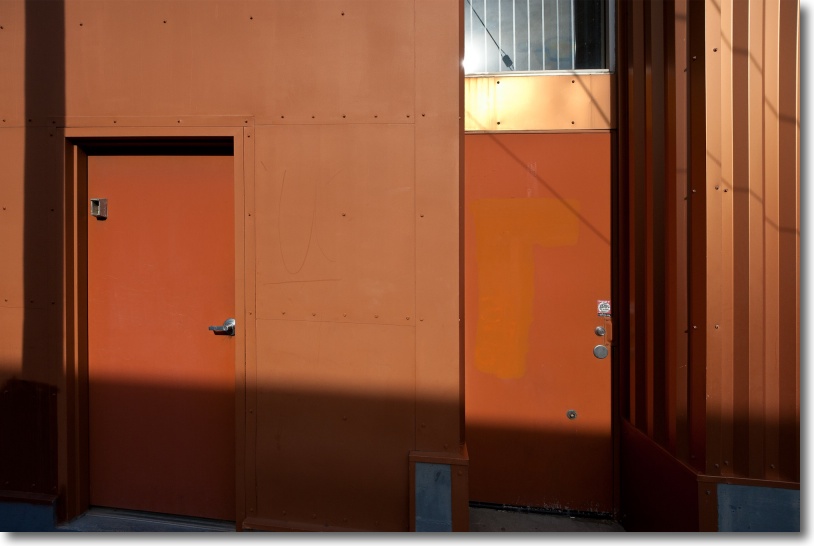
16mm, f/5.6, ISO 800.
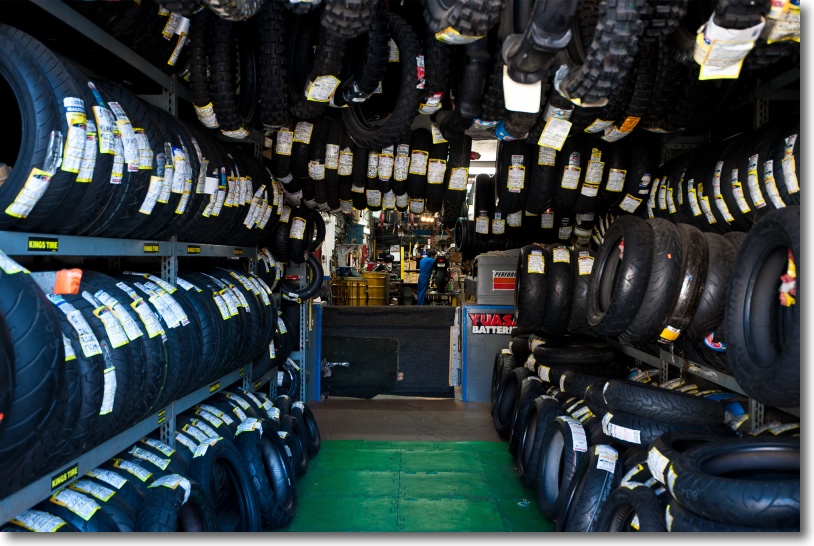
35mm, f/4, ISO 800.
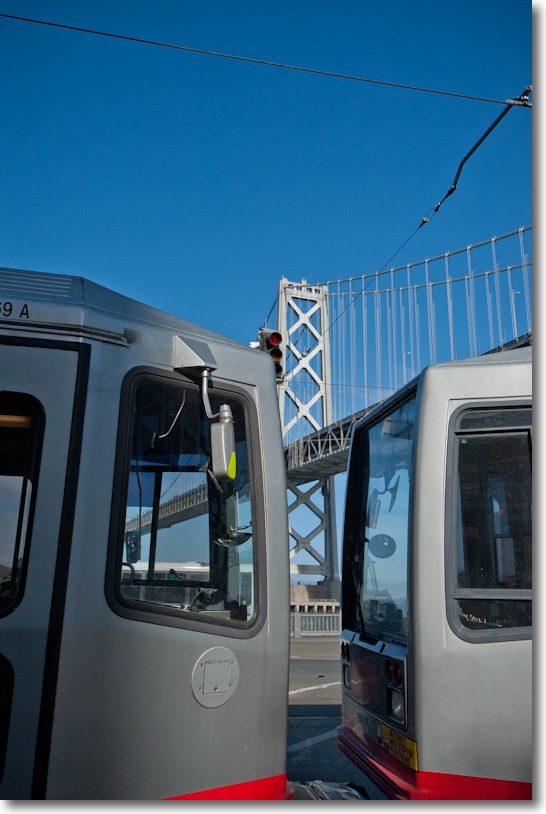
30mm, f/8, ISO 800.
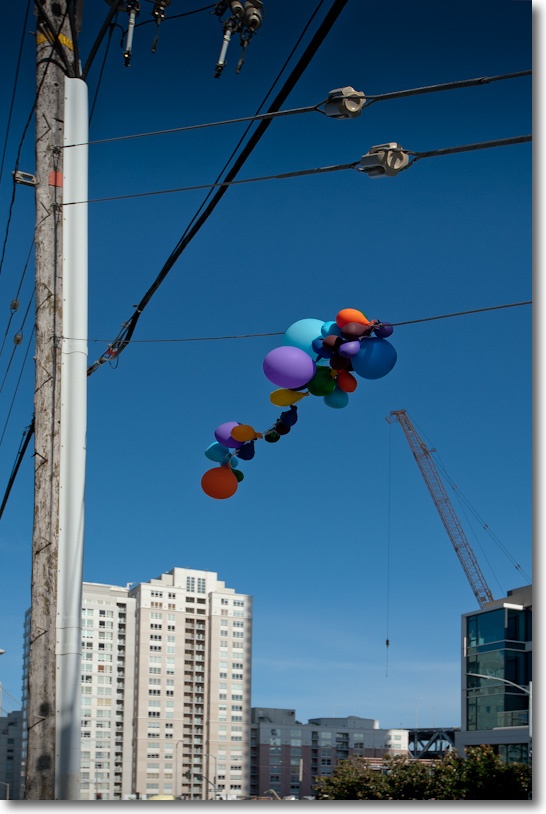
35mm, f/8, ISO 800.
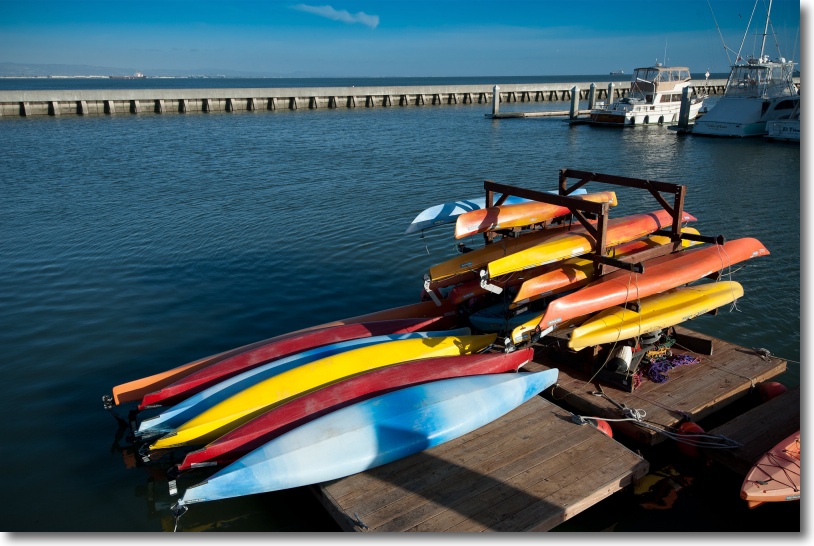
28mm, f/7.1, ISO 800.
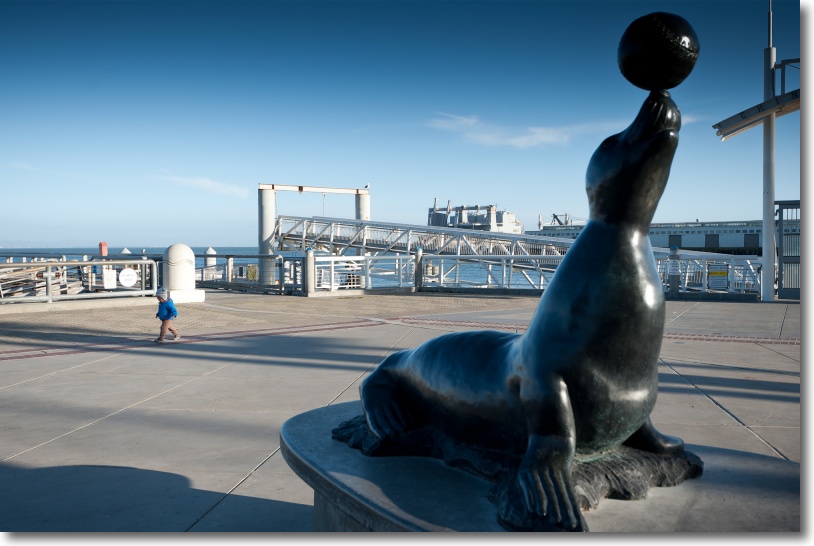
32mm, f/5, ISO 400.
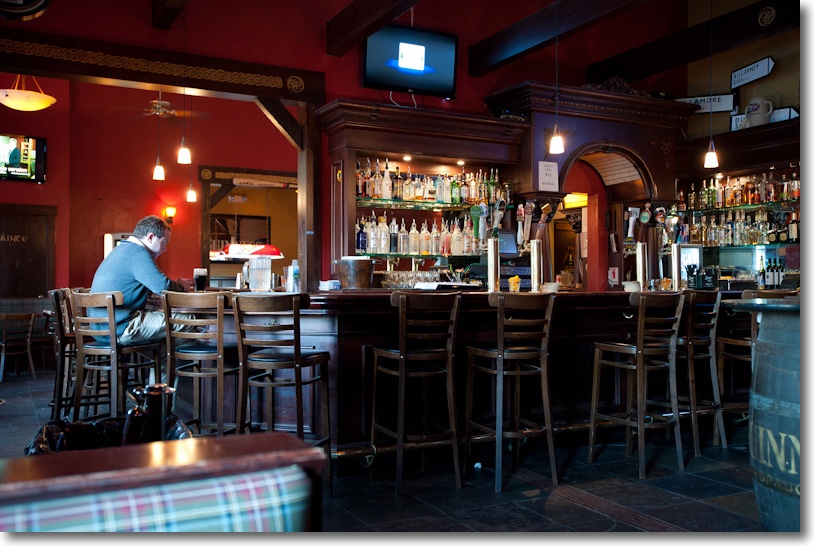
35mm, f/4, ISO 1600, 1/10th second, VR.
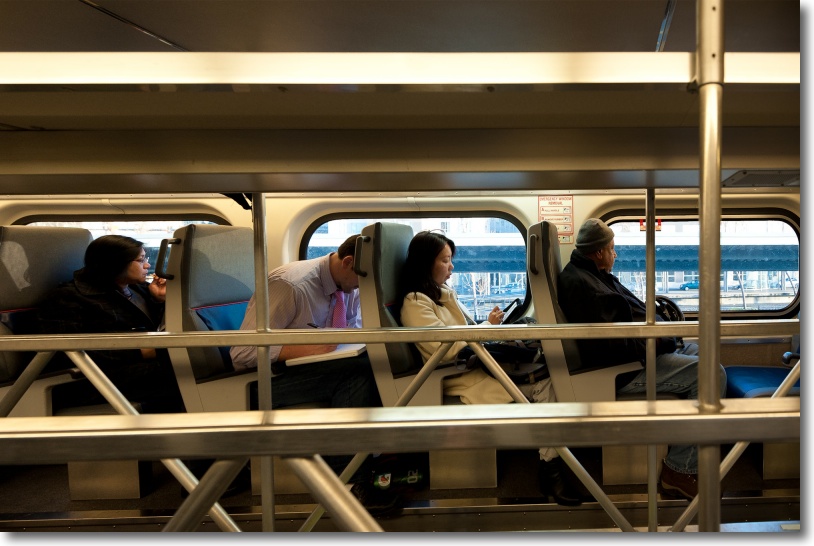
16mm, f/4, ISO 800.
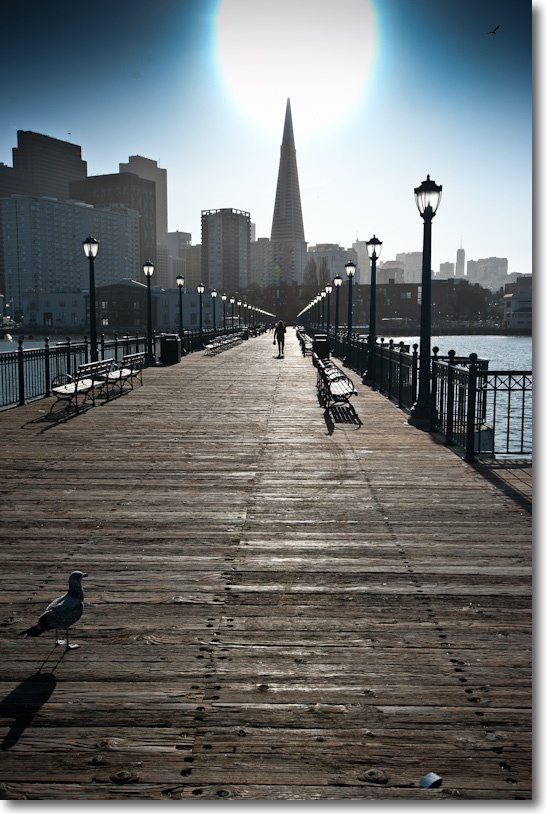
35mm, f/7.1, ISO 800, sun in frame.